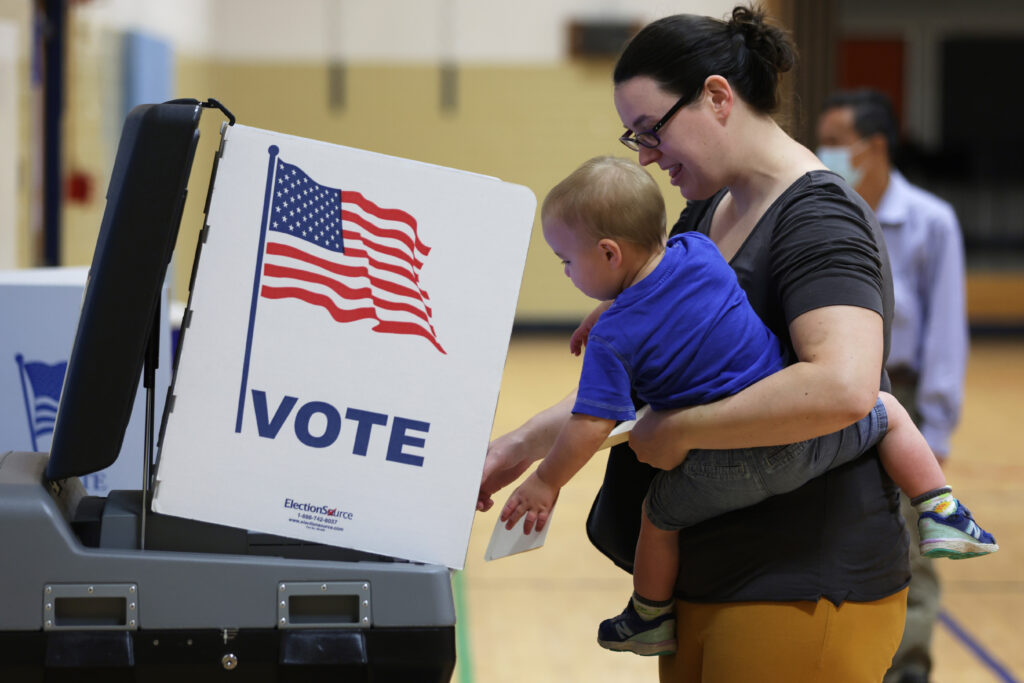Trump’s nuclear testing order risks expanded arms race
By ordering a resumption of nuclear testing, US President Donald Trump risks an expanded arms race that could benefit China, experts say — something especially concerning given the shaky status of international arms control efforts.Trump caught the world by surprise when he announced the order just hours before meeting with his Chinese counterpart Xi Jinping in South Korea, saying Washington would start testing nuclear weapons “on an equal basis” with Moscow and Beijing.”We are already in the midst of a three-way arms race among Russia, the United States, and China,” said William Hartung of the Quincy Institute for Responsible Statecraft.”A resumption in testing of nuclear warheads would make this unstable situation worse, possibly far worse,” he said.Trump said US testing would begin “immediately,” drawing pushback from both China and Russia.Beijing expressed its hope that Washington would respect its obligations under the Comprehensive Nuclear Test Ban Treaty and “take concrete actions to safeguard the global nuclear disarmament and nonproliferation system.”And Moscow, which recently tested nuclear-powered and nuclear-capable weapons — the Burevestnik cruise missile and the Poseidon underwater drone — insisted that those moves did not constitute a direct test of an atomic weapon.- China would benefit -But it seems that Pandora’s box has been opened.”By foolishly announcing his intention to resume nuclear testing, Trump will trigger strong international opposition that could unleash a chain reaction of nuclear testing by US adversaries, and blow apart the Nuclear Nonproliferation Treaty,” Arms Control Association Executive Director Daryl Kimball said in a statement.Doreen Horschig of the Center for Strategic and International Studies (CSIS) meanwhile said that “the only one who would benefit from nuclear warhead testing would be China, because they haven’t done as many as Russia and the US.”According to experts, China is developing its nuclear arsenal at a rapid pace, but still remains far behind the United States and Russia, the world’s two leading nuclear powers.The Pentagon warned last year that China moving faster than anticipated on nuclear arms, particularly in regard to the development of operational warheads.As of early 2025, China had a total of 600 warheads, according to the Stockholm International Peace Research Institute.- ‘Big risk’ -International nuclear arms control efforts have meanwhile suffered setbacks.The latest arms control agreement between Washington and Moscow — known as New Start, which limited each party to 1,550 deployed strategic offensive warheads and includes a currently suspended verification mechanism — will expire in February 2026.Russia has proposed extending the agreement for a year, but has not mentioned any inspections of arsenals.Asked in October about the issue, Trump responded that extending the deal “sounds like a good idea to me,” but the US government has yet to give an indication of what it plans to do.In July, the Republican leader also said that “we are starting to work on that” issue, noting that it “is a big problem for the world when you take off nuclear restrictions.”The United States also withdrew in 2019 from a major 1987 disarmament treaty on intermediate-range nuclear forces.Aside from North Korea, no state has officially conducted an explosive nuclear test in three decades, but countries including the United States regularly test their delivery systems such as missiles and warplanes.Horschig said that as far as nuclear weapons themselves, “everything is done now through computational testing.””The US is far ahead of Russia and China on how much data it has from this, so it really doesn’t need it at the moment,” she said of explosive testing.”None of them actually want to return to testing, but because they’re thinking the other is preparing for testing, then that’s how we end up testing. So that’s the big risk involved at the moment,” Horschig added.









